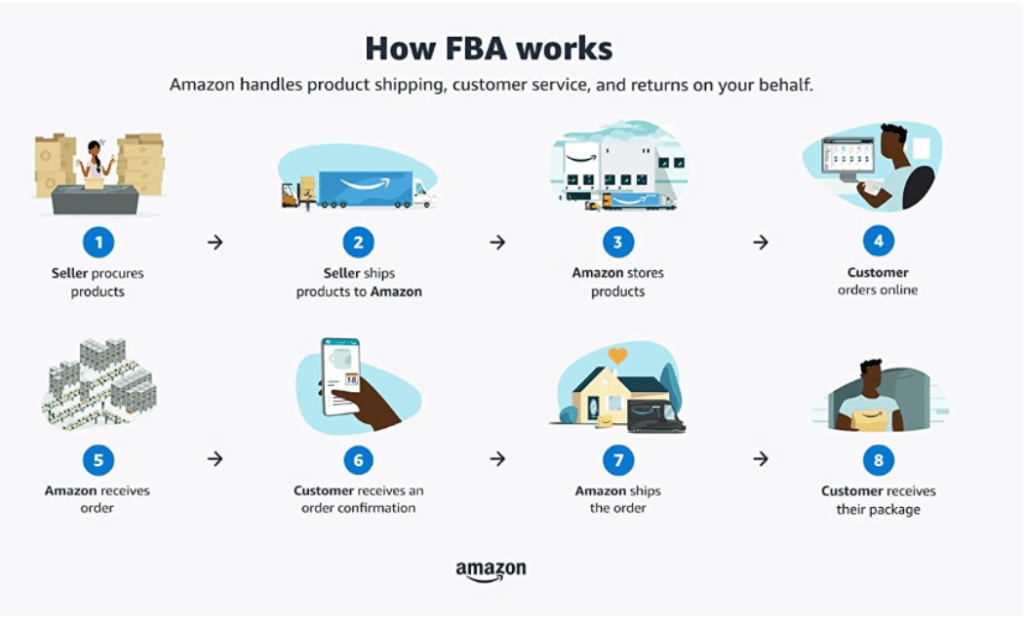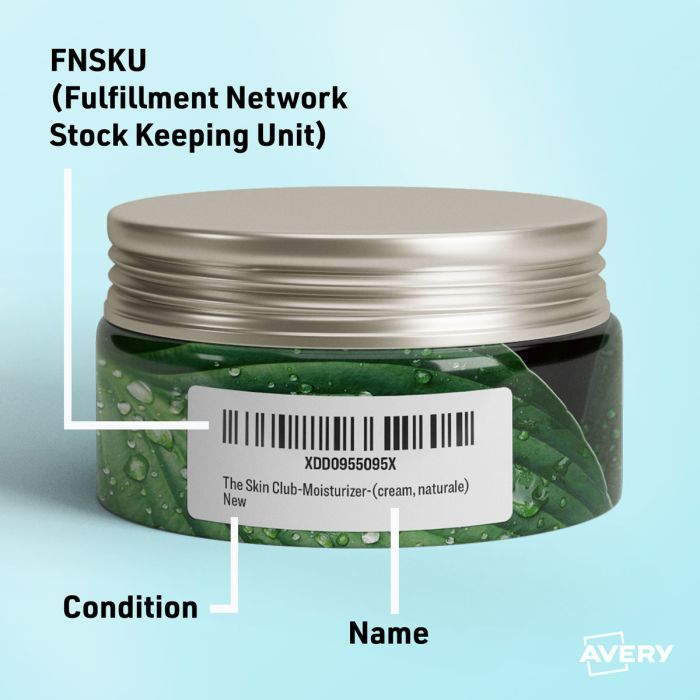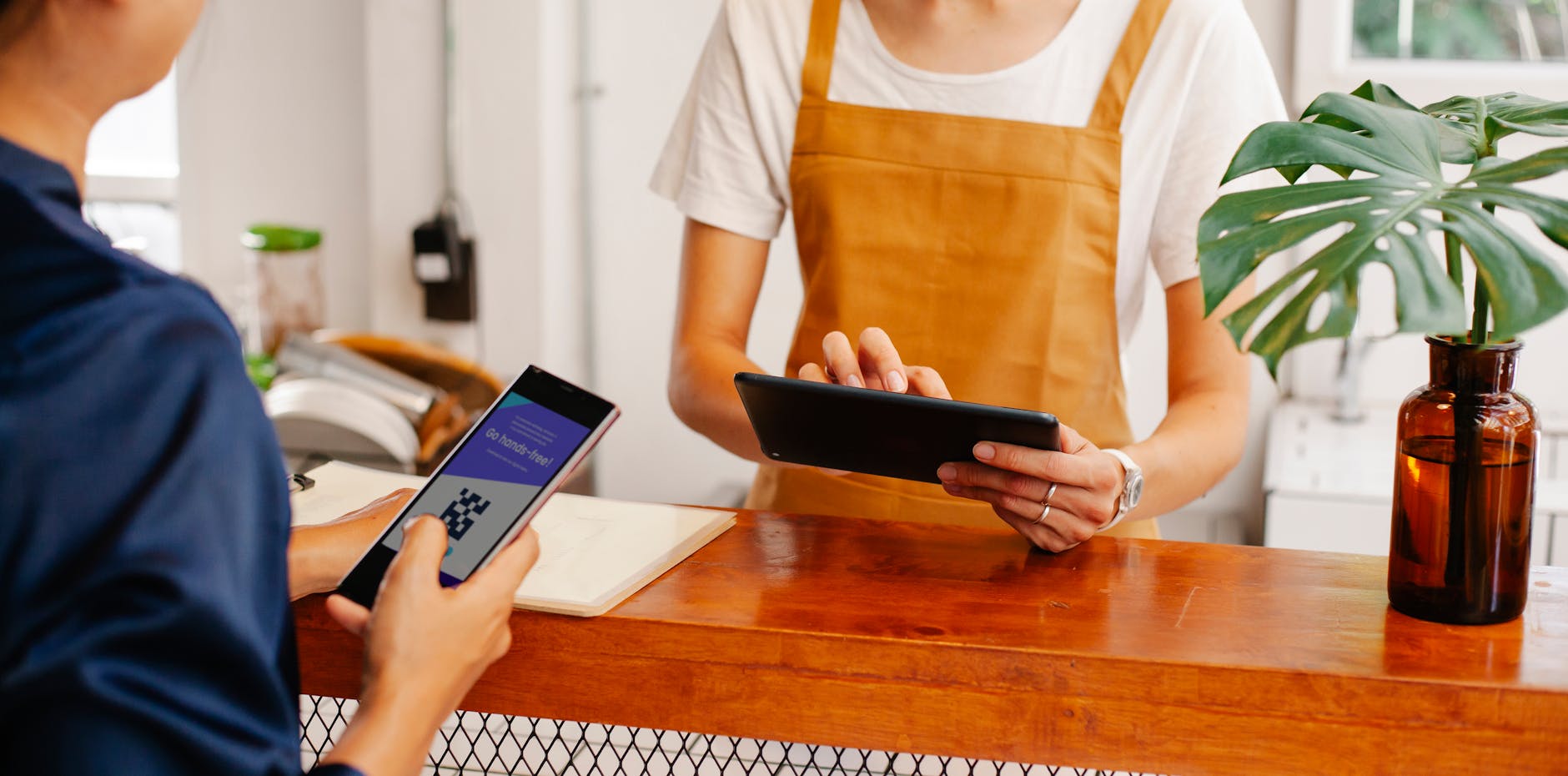Unlock the secrets of successful Amazon FBA labeling and take your e-commerce game to the next level with this guide.
Table of Contents
- Introduction to Amazon FBA Labeling
- What Is Amazon FBA?
- Amazon FBA Labeling Requirements
- Choosing the Right Amazon FBA Label Size
- How to Print Labels for Amazon FBA
- Finding the Best Thermal Printer for Amazon FBA
- How to Stick Labels Properly
- Tips for Smooth Amazon FBA Labeling
- Troubleshooting Common Labeling Problems
- Keeping Up with Amazon FBA Label Updates
- Conclusion: Mastering Amazon FBA Labeling
- FAQs About Amazon FBA Labeling
Introduction to Amazon FBA Labeling
We’re going to learn about labels on Amazon! Just like your name tells who you are, labels tell us about items sold on Amazon. Cool, right?
Have you ever wondered how Amazon keeps track of all the items being sold? Well, that’s where labeling comes in! Just as labels on your clothes tell you the size or brand, labels on Amazon help keep everything organized. Let’s dive in and explore the fascinating world of Amazon FBA labeling!
Now, let’s unpack what Amazon FBA is and why labeling is such a crucial part of the process.
What Is Amazon FBA?
First, let’s chat about Amazon FBA – it’s like a helper for sellers to store and send their stuff. When someone wants to sell something on Amazon, they can choose to use FBA, which stands for Fulfillment by Amazon. This means that sellers can send their products to Amazon’s warehouses, and when someone buys the item, Amazon handles the packing and shipping. It’s kind of like having a magical storage and shipping genie!
Sellers don’t have to worry about storing inventory in their own homes or dealing with the hassle of shipping each item individually. Amazon takes care of all of that for them. This way, sellers can focus on finding cool things to sell and let Amazon take care of the rest.
Amazon FBA Labeling Requirements
Here’s the scoop on the rules for putting labels on items so they don’t get lost.

Image courtesy of www.yaguara.co via Google Images
Why Labels Are Important
Labels help Amazon know exactly what the item is. They’re like a secret code!
The Dos and Don’ts
Some big rules about labels: how they should look and where to stick them.
Choosing the Right Amazon FBA Label Size
When it comes to labeling items for Amazon, the size of the label plays a crucial role. You don’t want a label that’s too big or too small – it needs to be just right! Let’s dive into why choosing the correct label size is important.
Why Label Size Matters
Think of labels like Goldilocks finding the perfect bed – not too big, not too small, but just the right size. If the label is too big, it might cover important information on the packaging. On the other hand, if it’s too small, it might not be visible enough for Amazon to scan and process.
Choosing the right label size ensures that your items are easily identifiable, scan-able, and ready to be shipped to happy customers.
Considering Different Item Sizes
It’s essential to consider the size of the items you’re selling when selecting a label size. For smaller items, a smaller label might be more appropriate to avoid overwhelming the packaging. Conversely, larger items might require a bigger label to ensure it’s clearly visible.
By matching the label size to the item’s size, you create a cohesive and professional look that enhances the overall presentation of your products.
Testing and Adjusting
Before committing to a specific label size for all your products, it’s a good idea to test a few samples. Print labels in various sizes, stick them on different items, and see which size works best for your products.
Don’t be afraid to make adjustments based on your testing results. It’s all about finding the perfect fit that not only meets Amazon’s requirements but also enhances the overall customer experience.
How to Print Labels for Amazon FBA
Let’s learn how to make labels at home for Amazon FBA. It’s like a fun craft project, but for your items! We’ll guide you through the process step by step.

Image courtesy of www.avery.com via Google Images
Printing Labels at Home
To print labels at home, all you need is a regular printer. It might be the same one you use for homework or coloring pages! Just make sure you have the right label paper that fits your printer.
Once you have your label paper, open the digital label file on your computer. Click on the print option and select the correct printer and paper size. Now, watch as your printer works its magic and produces your very own labels!
Printer Settings
To ensure your labels come out perfectly, you might need to adjust some settings on your printer. Look for the print quality option and set it to the highest resolution for clear and professional-looking labels.
Additionally, check the paper type setting to match the label paper you’re using. This helps the printer understand how to handle the paper and prevent any smudging or misalignment issues.
Finding the Best Thermal Printer for Amazon FBA
Top Picks for Thermal Printers
There are a few popular thermal printers that many Amazon sellers swear by. One top pick is the DYMO LabelWriter 4XL. It’s known for its fast printing speed and crisp, clear labels. Another favorite is the Rollo Label Printer, which is compatible with various label sizes and offers excellent print quality. Both of these thermal printers are user-friendly and produce professional-looking labels that meet Amazon’s FBA requirements.
How to Stick Labels Properly
When it comes to labeling items for Amazon, putting the label in the right spot is key to making sure your package gets to the right place. Let’s talk about where and how to stick those labels on!

Image courtesy of www.sellerapp.com via Google Images
Label Placement Matters
Before you start sticking labels, make sure the surface is clean and dry. The best place to stick the label is on a flat, smooth area of the package. Avoid sticking it over seams, folds, or creases, as this can make the label peel off during shipping.
Remember, the label should be visible and not covered by any tape or other labels. If the label gets damaged or covered, it can cause delays in delivery or confusion about the package’s contents.
How to Stick Labels
When you’re ready to stick the label on, start by carefully peeling the backing off the label. Apply one edge of the label to the package’s surface, making sure it’s straight. Slowly press down on the label, smoothing out any air bubbles as you go.
Gently run your finger or a flat edge over the label to secure it to the package. Make sure all edges are firmly pressed down to prevent the label from coming loose during transit.
And that’s it! You’ve successfully stuck your label on your package like a pro. Now your item is all set to be shipped out and delivered to its new owner.
Tips for Smooth Amazon FBA Labeling
Here are some pro tricks to make labeling easy-peasy! Let’s dive into some helpful tips to make your Amazon FBA labeling experience a breeze.
Use the Right Label Size
Make sure you’re using the correct label size for your items. Not too big, not too small – just the perfect fit. This way, your labels will look neat and professional.
Double-Check Label Information
Before sticking the label on your product, double-check all the information on it. Make sure the product name, barcode, and other details are accurate. This way, you’ll avoid any mix-ups or confusion.
| Step | Description |
|---|---|
| 1 | Register for an Amazon Seller Central account and set up your FBA (Fulfillment by Amazon) account. |
| 2 | Create product listings for your items and choose FBA as your fulfillment method. |
| 3 | Download and print Amazon FBA shipping labels for your products. |
| 4 | Attach the shipping labels to each product using clear packing tape to ensure they are securely attached. |
| 5 | Ship your products to the designated Amazon fulfillment center via the carrier specified by Amazon. |
| 6 | Monitor your inventory and sales through your Amazon Seller Central account. |
Organize Your Labeling Area
Keep your labeling area neat and organized. Have all the necessary tools like scissors and tape within reach. This will help you work efficiently and avoid any last-minute searches for supplies.
Follow Label Placement Guidelines
Always follow Amazon’s guidelines for label placement. Stick the label in the designated area on the product packaging as per the instructions. This will ensure smooth processing of your items.
Test Print Before Bulk Printing
Before printing a large batch of labels, do a test print. Check the alignment, clarity, and quality of the label. This way, you can make any adjustments before printing the final batch.
Stay Updated on Amazon FBA Labeling Requirements
Amazon may update its labeling requirements from time to time. Stay informed about any changes or updates to ensure you’re always following the latest guidelines. This way, you can avoid any last-minute surprises or compliance issues.
By following these tips, you’ll be a labeling pro in no time! Keep these tricks in mind as you navigate the world of Amazon FBA labeling.
Troubleshooting Common Labeling Problems
When you’re printing labels for Amazon FBA, sometimes things don’t go as planned. But don’t stress! Here are some common problems you might run into and how to fix them:

Image courtesy of m.facebook.com via Google Images
Label Printing Mishaps
If your labels aren’t printing correctly, check the printer settings. Make sure the paper size and type are set correctly in your printing options. Also, ensure that your printer has enough ink or toner. If the issue persists, try restarting your printer or using a different printer if available.
Label Cut-Offs
Sometimes, labels get cut off on the edges, making important information missing. To avoid this, double-check your label size settings in the printing software. Make sure the label size matches the paper size you’re using. Additionally, ensure that your printer’s margins are set correctly to prevent cutting off any information.
Smudged or Faded Labels
If your labels come out smudged or faded, it could be due to low ink levels or a dirty printer head. Check your printer’s ink or toner levels and replace cartridges if needed. Clean the printer head according to the manufacturer’s instructions to ensure clear and crisp label printing.
Label Placement Woes
If you’re having trouble sticking labels on your products, make sure the surface is clean and dry before applying the label. Avoid placing labels on rough or uneven surfaces as they may not adhere properly. If labels keep peeling off, consider using adhesive spray or clear packaging tape to secure them firmly in place.
By troubleshooting these common labeling problems, you’ll be a pro at handling any hiccups that come your way while labeling items for Amazon FBA.
Keeping Up with Amazon FBA Label Updates
Hey there, future Amazon seller! As you’re getting ready to dive into the world of selling on Amazon, it’s important to know that things can change sometimes. Just like new toys come out, Amazon FBA label rules can get updated, too.
Staying In the Loop
Amazon wants to make sure everything runs smoothly for sellers and customers. That’s why they might tweak the rules for labeling packages now and then. But don’t worry! You can stay on top of these changes by checking in on Amazon’s seller forums or subscribing to their emails. That way, you’ll always know what’s up and be ready to label your items the right way.
Understanding Updates
When Amazon makes changes to their FBA labeling requirements, they usually explain the reasons behind them. Maybe they found a better way to track packages or ensure swift delivery. Whatever the case may be, it’s essential to take the time to read through any updates carefully. Making sure you understand the new rules will help you avoid any hiccups when it comes to labeling your products.
Updating Your Labeling Process
Once you’ve learned about the latest Amazon FBA label updates, it’s time to put that knowledge into action. Update your labeling process accordingly to align with the new guidelines. Whether it’s adjusting the size of your labels or modifying where you place them on your products, staying current with Amazon’s requirements will help you run a successful selling business on their platform.
Conclusion: Mastering Amazon FBA Labeling
We’ve covered a lot about labels on Amazon, and now you’re almost a pro at this! Labels are like magic codes that help items find their way to the right place, just like a treasure map. You’ve learned why labels are crucial, the rules to follow, how to pick the right size, printing techniques, and even the best printers to use – isn’t that exciting?

Image courtesy of eva.guru via Google Images
By mastering Amazon FBA labeling, you’re one step ahead in the game of selling things online. Remember, labels are not just stickers; they’re tiny helpers that ensure your items reach the buyer safely and swiftly. It’s like having a personal guide for your package!
So, keep practicing the art of labeling, pay attention to the rules, and enjoy the process. Who knows? You might become a labeling expert in no time! Stay curious, keep exploring, and happy labeling!
FAQs About Amazon FBA Labeling
Can I use regular paper for labels?
When it comes to creating labels for Amazon FBA, it’s best to use special label paper. This type of paper is designed to stick well and scan easily. Regular paper might not stick properly or scan correctly, which could cause issues with your package being delivered. So, for the best results, stick to label paper for your Amazon FBA labels!
What if my label won’t scan?
If your label isn’t scanning properly, don’t panic! There could be a few reasons why this is happening. Double-check that the label is printed clearly and that there are no smudges or creases that could interfere with the scanning process. If the issue persists, you can always reprint the label to ensure it scans correctly. Remember, a clear and properly printed label is key to a smooth Amazon FBA process!
